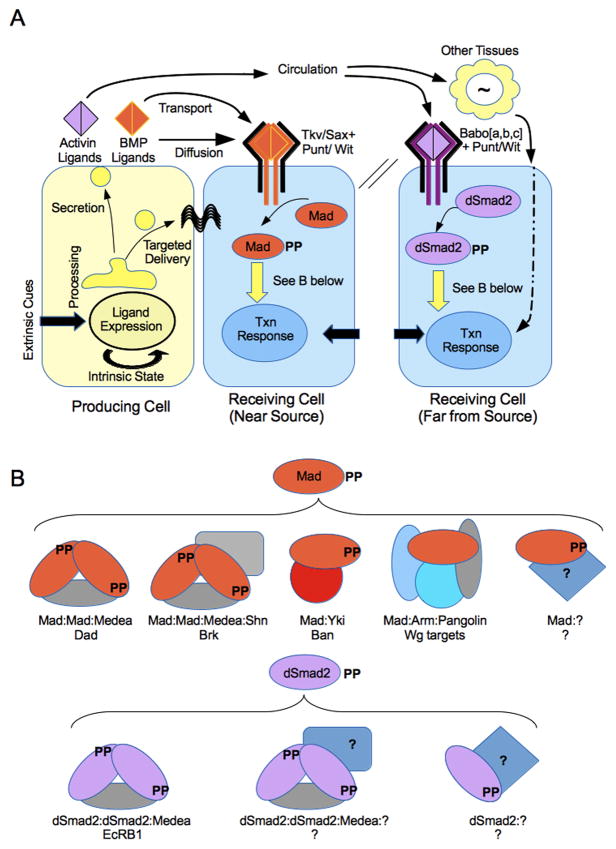Figure 1. TGF-β ligand delivery and canonical transcriptional response of receiving cells.
(A) TGF-β ligands of the BMP (orange) and Activin (purple) classes are expressed and processed in source cells. Delivery can occur by targeted delivery to neighboring cells or by secretion. Ligand movement outside of the cell can occur by local diffusion, active transport, or widespread circulation. Responding cells assemble a complex of ligand and Type I and Type II receptors that phosphorylate R-Smads. BMP ligands and Type I receptors lead to Mad phosphorylation and sometimes dSmad2 phosphorylation, whereas Activin ligands and TypeI receptor isoforms are only known to phosphorylate dSmad2. Each cell’s response will be a function of many factors, including receptors expressed, co-receptors and surface proteins, transcriptional cofactors, and input from other signaling factors. The flower represents the general concept that TGF-β ligands can act indirectly on a target cell, using other tissues to relay information. (B) Activated Mad and dSmad2 as multi-modal transcription factors. The best studied complexes regulate Activator Elements and Silencer Elements. Mad:Medea without Shn activate targets such as Dad. Mad:Medea:Shn complexes repress SE-containing targets, principally Brk. Mad also complexes with Yorkie(Yki) to regulate bantam, and with Armadillo(Arm) and Pangolin to regulate Wg targets. Unknown Mad complexes are likely to regulate different genes. dSmad2 is less characterized, but a canonical dSmad2:Medea complex likely regulates EcRB1. By analogy to other Smads, there are probably undiscovered cofactors that work with dSmad2 with or without Medea. Not depicted are blended complexes containing Mad and dSmad2 that may form and have different transcription factor activities.

